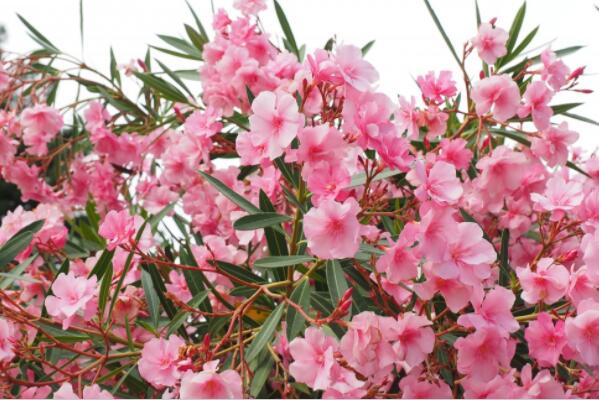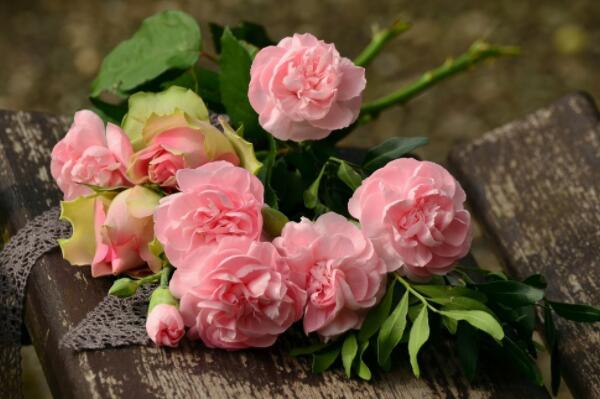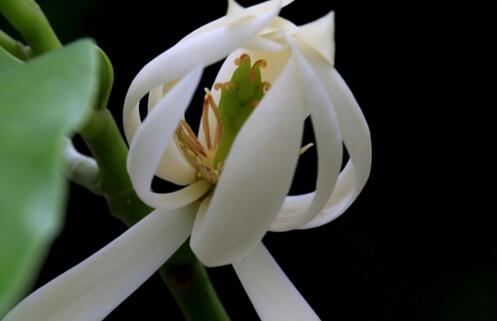How much is the price of shrub oleander seedlings? Is it poisonous? When will it blossom? How to plant and maintain?
Oleander, also known as safflower oleander, willow leaf peach, peach, call winter, willow leaf, peach plum, goji, is an evergreen upright shrub, up to 5 meters high, cultivated in various provinces and regions of China, especially in southern China. So how much is the price of oleander seedlings? Is it poisonous? When will it blossom? How to plant and maintain? It is learned from Hunan Horticulture Field that the price of oleander ranges from 3 to 28 yuan, and the prices of different heights and varieties are naturally different.

Is oleander poisonous?
This species is a poisonous plant included in the Chinese plant atlas database, and its toxicity is poisonous in leaves, barks and roots. The toxicity of fresh bark is stronger than that of leaves, the toxicity of fresh bark is weaker than that of leaves after drying, and the toxicity of flowers is weaker.
The whole oleander plant is highly toxic, and the symptoms after poisoning are nausea, vomiting, lethargy, arrhythmia, and even loss of consciousness or death in serious cases, so in the face of oleander, just enjoy it, but don't do it! Stem bark fiber is an excellent blended raw material, but also can extract cardiotonic agents; roots and bark contain cardiotonic glycosides and phthalein crystals and a small amount of essential oils; stems and leaves can make pesticides, and their stems, leaves and flowers are all poisonous. the milky white juice it secretes contains a toxic substance called oleoside, which can be poisoned by accidental ingestion.
The stems and leaves of oleander are used to make pesticides, and you can imagine how toxic it is. Oleander is not suitable to be planted indoors, especially families with pregnant women or children and pets.
When will oleander blossom?
Oleander is an evergreen shrub plant, in culture, flowering time is actually relatively long, flowering is almost the whole year, but in summer and autumn when flowering is the most exuberant. Oleander still has fruit after flowering, and the fruit is usually in winter and spring.
Oleander blossoms, the flower pattern is relatively simple, funnel-shaped flowers with 5 petals, the color is mostly crimson or pink.
How to plant and maintain oleander?
Propagation time: cutting propagation of oleander can be carried out in spring and summer.
Soil substrate: oleander grows best in fertile neutral or slightly acidic soil.
Temperature requirements: oleander should be planted in the leeward to the sun, winter indoor anti-freezing, room temperature is not lower than O ℃; in addition, the temperature is too high, the consumption of nutrients is disadvantageous to the growth and flowering of the second year, the outdoor temperature is high in winter can cultivate soil to protect against the cold.
Lighting requirements: oleander likes the sun, so it is necessary to keep it in a sunny place during the growth period, otherwise the flowers are less and the color is light.
Application of fertilizer: oleander likes fertilizer, and thin liquid fertilizer can be applied every 20 days or so from going out of the room to the flower (Frosts Descent). Oleander grows rapidly after the Beginning of Autumn, so fertilizer and water can be applied every 15 days or so until before entering the room.
Watering points: oleander likes water but is afraid of waterlogging. in case of continuous rainy days, stagnant water in the basin should be poured in time to prevent rotting roots. If you water too much, the leaves will fall off one after another, affecting the flowering of the following year. Watering in spring and autumn should be dry and wet, and it is appropriate to keep the basin soil moist.
Summer is the period of exuberant growth and flowering of oleander, so it needs a lot of water, so it is appropriate to irrigate the branches and leaves every morning and evening, so as to keep the leaves fresh and green. Enter the house in the middle of October, after entering the room, you should control the watering. Do not have too much water, otherwise it is easy to rot roots and leaves, affecting the growth of the following year.
Pruning essentials: if oleander is not cut laissez-faire, the plant shape is too large, so it is necessary to sort out the branches or stems when cultivating clumps. Oleander germination is stronger than cutting in the middle of the branch, it can send out most of the branchlets from its incision and affect the plant shape, so it must be cut off at the base of the branch in principle when pruning.
Through pruning, the branches are evenly distributed, the flowers are colourful and the tree shape is beautiful. The top branch of oleander has the characteristic of one-third, which can be trimmed and shaped according to the need. If you need a trigeminal nine-top shape, you can cut off a part of it at the top of the tripod and you can divide it into nine. If you need nine top eighteen branches, you can leave six branches, cut off from the axils of the top leaves, and eighteen branches can be produced. The pruning time should be after each flowering.
Time: 2019-03-19 Click:
- Prev

What are the edible varieties of roses at present? What's the market price? How much is the seedling? What are the planting techniques?
Edible rose is a deciduous upright shrub native to China. At present, it is widely cultivated not only in China, but also in North Korea, Europe and the United States. What are the edible varieties of roses at present? What's the market price? How much is the seedling? What are the planting techniques? Learned from the rose planting base in Yunnan
- Next

How much is the 4-5-meter-high yellow orchid? When is the florescence? What's the difference between it and a white orchid? Planting side
Yellow orchid bark gray, simple leaves alternate, turquoise, leathery glossy, long oval. Like the sunny, warm, humid and well-ventilated environment, not resistant to shade, hot and scorching sun. So, how much is the 4-5-meter-high yellow horn orchid? When is the florescence? What's the difference between it and the white orchid?
Related
- Fuxing push coffee new agricultural production and marketing class: lack of small-scale processing plants
- Jujube rice field leisure farm deep ploughing Yilan for five years to create a space for organic food and play
- Nongyu Farm-A trial of organic papaya for brave women with advanced technology
- Four points for attention in the prevention and control of diseases and insect pests of edible fungi
- How to add nutrient solution to Edible Fungi
- Is there any good way to control edible fungus mites?
- Open Inoculation Technology of Edible Fungi
- Is there any clever way to use fertilizer for edible fungus in winter?
- What agents are used to kill the pathogens of edible fungi in the mushroom shed?
- Rapid drying of Edible Fungi

